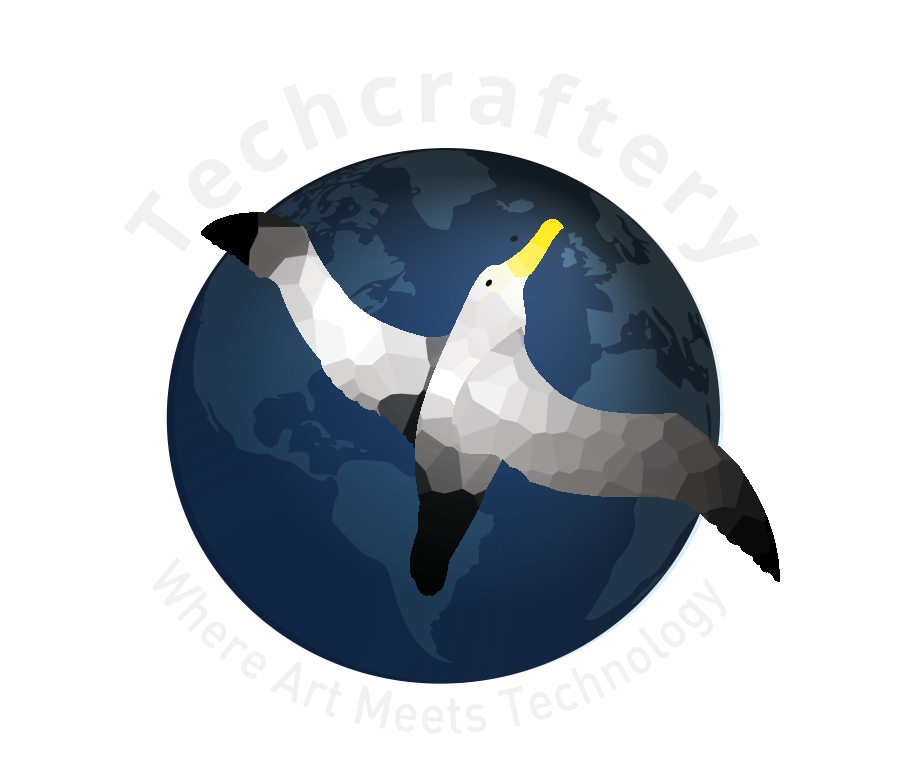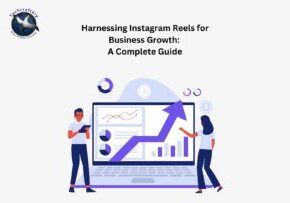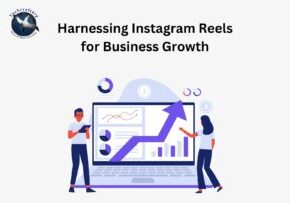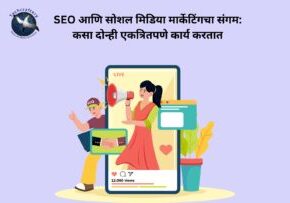Innovative Strategies in the Education Sector Post-Pandemic
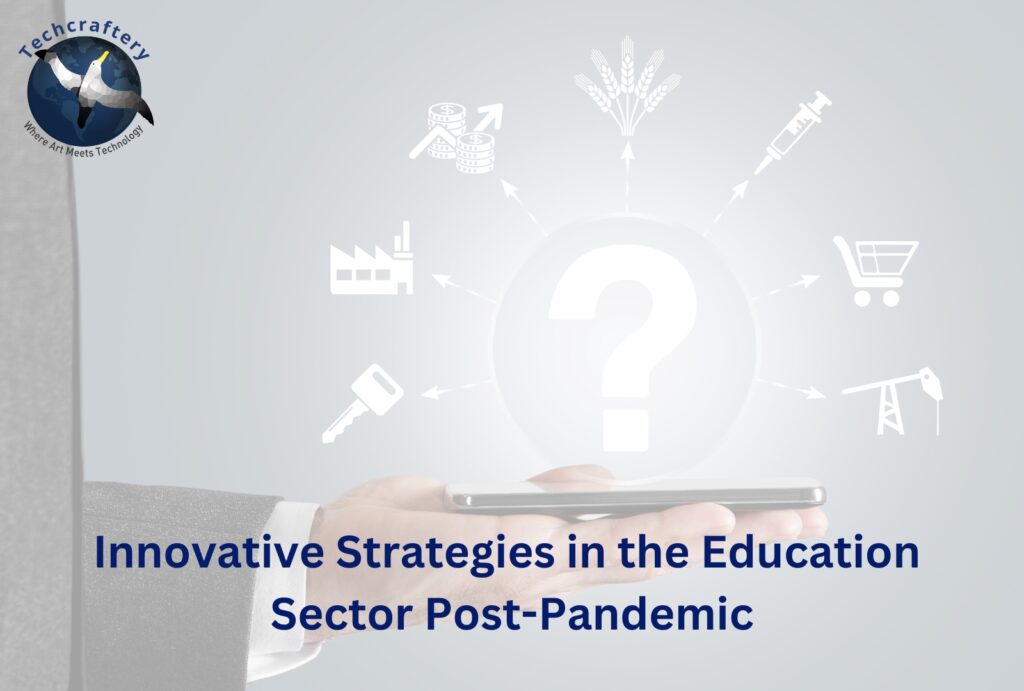
The COVID-19 pandemic brought unprecedented challenges to the global education system. As schools closed and shifted to online learning, educators, students, and parents were forced to adapt to a new reality. However, the crisis also sparked innovation and creativity in teaching and learning methods. This article explores the innovative strategies that emerged in the education sector post-pandemic, focusing on enhancing learning outcomes, improving accessibility, and fostering student engagement.
1. Introduction
The education sector faced significant disruptions during the pandemic, with many institutions scrambling to implement remote learning solutions. While the initial transition was challenging, it also provided an opportunity for educators to explore new teaching methodologies and technologies. As we move forward, it’s essential to analyze the innovative strategies adopted during this period and their potential long-term impact on education.
2. Embracing Technology in Education
2.1 Online Learning Platforms
The rapid shift to online learning led to the emergence of various digital platforms that facilitate remote education. Tools such as Zoom, Google Classroom, and Microsoft Teams became essential for conducting virtual classes. These platforms enabled educators to maintain a semblance of normalcy and continue delivering lessons to students.
2.2 Blended Learning Models
Post-pandemic, many educational institutions adopted blended learning models that combine traditional face-to-face instruction with online learning. This approach allows for flexibility, enabling students to engage with course materials at their own pace while still benefiting from in-person interactions.
2.3 Gamification of Learning
Gamification involves integrating game elements into the learning process to make it more engaging and motivating for students. Educators began using platforms like Kahoot! and Quizizz to create interactive quizzes and competitions, fostering a fun learning environment that enhances student participation and retention.
3. Personalized Learning Experiences
3.1 Adaptive Learning Technologies
Adaptive learning technologies utilize data analytics and artificial intelligence to create personalized learning experiences for students. By assessing individual learning styles and progress, these technologies can tailor educational content to meet the unique needs of each student, promoting better understanding and retention of information.
3.2 Individualized Learning Plans
Educators began developing individualized learning plans (ILPs) for students, particularly those who struggled during remote learning. These plans outline specific goals, resources, and strategies to support each student’s academic journey, ensuring that no one is left behind.
4. Enhancing Accessibility in Education
4.1 Increased Focus on Inclusivity
The pandemic highlighted the need for inclusive education practices. Schools and universities began implementing strategies to support students with diverse learning needs, including those with disabilities or language barriers. This includes providing additional resources, such as assistive technologies and language support services.
4.2 Expanding Access to Resources
Many educational institutions recognized the importance of providing equitable access to learning resources. Initiatives to distribute devices and internet access to underserved communities became a priority. Programs like “Everyone On” aimed to bridge the digital divide, ensuring that all students could participate in online learning.
5. Fostering Social-Emotional Learning
5.1 Mental Health Support
The pandemic took a toll on students’ mental health, prompting educators to prioritize social-emotional learning (SEL) in their curricula. Schools introduced programs that focused on building resilience, emotional regulation, and interpersonal skills, helping students navigate their feelings and develop coping strategies.
5.2 Creating Supportive Learning Environments
Teachers and administrators worked to create supportive and nurturing learning environments where students felt safe to express their emotions and experiences. This included implementing regular check-ins, offering counseling services, and fostering open communication between students and educators.
6. Collaborative Learning Approaches
6.1 Peer Learning and Mentorship Programs
Post-pandemic, schools recognized the value of peer learning and mentorship programs. These initiatives encourage collaboration among students, allowing them to share knowledge and support one another in their academic journeys. Older students often take on mentorship roles, providing guidance and assistance to younger peers.
6.2 Community Partnerships
Educational institutions began forming partnerships with local businesses, organizations, and community members to enrich the learning experience. These collaborations provide students with real-world learning opportunities, such as internships and service projects, fostering a sense of connection and purpose.
7. Teacher Training and Professional Development
7.1 Continuous Learning for Educators
The pandemic underscored the need for ongoing professional development for educators. Many institutions invested in training programs to equip teachers with the skills necessary to navigate digital tools and innovative teaching methods. Online workshops and webinars became popular avenues for professional growth.
7.2 Collaboration Among Educators
Educators began collaborating more extensively, sharing best practices and resources with one another. Online communities and forums allowed teachers to connect, exchange ideas, and learn from their peers, fostering a culture of continuous improvement within the profession.
8. Evaluation and Assessment Innovations
8.1 Formative Assessment Techniques
Traditional assessment methods faced challenges during remote learning, leading educators to explore alternative approaches. Formative assessment techniques, such as online quizzes, discussions, and project-based assessments, gained popularity as they provide ongoing feedback and support student learning.
8.2 Competency-Based Assessment
Competency-based assessment focuses on measuring students’ mastery of skills and knowledge rather than time spent in a classroom. This approach allows students to progress at their own pace, promoting a deeper understanding of the material and ensuring they are adequately prepared for future challenges.
9. The Role of Parents and Guardians
9.1 Increased Involvement
The pandemic prompted a shift in the role of parents and guardians in their children’s education. With remote learning, families became more involved in supporting their children’s academic progress, creating a partnership between home and school that can continue post-pandemic.
9.2 Resources for Parents
Educational institutions began providing resources and support for parents to help them navigate the challenges of remote learning. Workshops and online resources aimed at empowering parents to support their children’s education became increasingly common.
10. Sustainability in Education
10.1 Focus on Environmental Education
Post-pandemic, there has been a growing emphasis on sustainability and environmental education within curricula. Schools began incorporating topics related to climate change, conservation, and sustainability into their programs, fostering awareness and responsibility among students.
10.2 Sustainable Practices in Schools
Educational institutions also adopted sustainable practices in their operations, such as reducing waste, promoting recycling, and using eco-friendly materials. These efforts align with the broader global movement toward sustainability and social responsibility.
11. Challenges Ahead
11.1 Digital Divide
While many advancements have been made, the digital divide remains a significant challenge. Not all students have equal access to technology and the internet, hindering their ability to fully engage in online learning experiences. Addressing this gap is crucial for ensuring equitable education for all.
11.2 Maintaining Engagement
As schools transition back to in-person learning, maintaining student engagement can be a challenge. Educators must find innovative ways to keep students motivated and connected to their learning, ensuring that the positive changes made during the pandemic are sustained.
